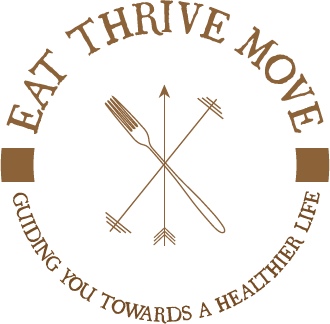Getting wild...mushrooms!
/A Lion's Mane Mushroom on a Tree.
I absolutely LOVE mushrooms. We are all accustomed to seeing the usual portobellos, cremini mushrooms, and white button mushrooms in the store. These days shiitakes are not exactly exotic and even chanterelles or morels are available at certain times of the year in the stores (although radically expensive). Wild mushrooms are something else entirely.
Scary...Kind of. Scary in a "if you choose wrong you could end up dead" sort of way. So first, a disclaimer:
**I am in no way endorsing anyone to go out and try to forage for wild mushrooms unless they have had proper training and are CERTAIN about the identification of said mushrooms.**
I learned how to identify ONE edible wild mushroom growing up. The humble puffball. The same one that you see hidden in the grass of the school field, a dark brown ball that poufs spores in the air when you tap it lightly. So much fun! Before it gets to that stage of maturity, the puffball is small and round and white all the way through the middle, and super tasty when cooked.
Autumn of 2015 when we were here in Savannah working in the shipyard, Tony and I signed up and took a mushroom foraging class from a Ancil, who owns the business, SwampyAppleseed Mushrooms. (He has a FB page and @swampyappleseed on Instagram). We found a few edible wild mushrooms on our forage, had a great time walking around the forest and learned again exactly how much we didn't know- scary. I feel like most of the species we found during that class were either classified as "very dangerous" or "this will do some strange things to you...will not discuss that here". Right. So I walked out of that class DOUBLING my identification skills, so that I can with all confidence now identify 2 (!!) types of wild mushroom. With practice I am sure I could get better and act with more confidence in my identification skills.
But as time has passed and businesses evolve organically, it is now entirely possible to get several different mushrooms at the local farmer's market each week. (All completely weather dependent, of course, and entirely due to luck on Ancil's part in finding stuff as he is out in his secret mushroom-foraging locations). A couple weeks ago it must have been pretty special because there were a couple of vendors who had found chanterelles on their farms or in the woods. I, of course, bought some (super cheap compared to the stores!!)
Chanterelles that have the dirt brushed off and I have shredded/sliced.
Lion's Mane up close.
The other mushrooms I have bought at the market are Lion's Mane and Oyster mushrooms. They are all a lot more earthy and hearty in flavour than the usual cultivated mushrooms. I also find them to be very dense when I cook them, despite mushrooms being composed of mostly water. And over the course of the year, he often has some unusual varieties and can tell you exactly how you should cook them.
So then, how DO you cook a wild mushroom?
Oyster mushrooms.
Butter with shallot and garlic.
So there are a few simple rules for a basic wild mushroom sauté. Firstly, DO NOT crowd the pan if cooking on the stove or baking sheet if you are cooking them in the oven. They should ideally not be touching, otherwise they will give up a lot of water and you will end up steaming them and they will not get any caramelization (colour).
Secondly, roast, sear or sauté them in a lot of FAT. Yes, mushrooms LOVE being cooked in fat. The water they release needs to be replaced by something as they act like a sponge. It will make them more flavourful, keep them from burning and shrivelling and drying out. My go-to options are usually butter, ghee, lard or...duck fat. But coconut oil will work also. These oil choices hold up well in high heat without oxidizing (which isn't food for you).
To sauté, melt a generous dollop of whatever fat you are using in a pan over medium high heat. If you are adding chopped onions or shallots or maybe garlic, this is the time to do it, but don't allow them to get colour. Put your mushrooms in and stir so they cook evenly and soak up that fat. Season with salt and pepper. Stir them every 30 seconds or so making sure they get evenly cooked with a bit of colour to them.
Chanterelles in the pan with shallots, garlic and a good pat of butter.
If you want to roast the mushrooms, then melt the fat you are going to use (generous amount) and toss the mushrooms in a bowl with the fat to coat them evenly, season with salt and pepper. Spread evenly on a baking sheet and roast in a high (400 degree) oven for 15-20 minutes until they have started to brown slightly.
There are so many dishes that call for mushrooms and wild mushrooms work in there just the same as cultivated. They are great at any meal, I have just detailed the simplest way to cook them. I also love mushroom soups, as a sauce with chicken, on grilled steaks with some red wine...so many different things you can use them for! Branching out and trying something wild and foraged or a different cultivated mushroom just brings you a bit more variety to your diet! If you are living in Savannah, they are really easy to get here for most of the year at the market!
Yours in Health ~ Dawn
Chanterelles with eggs and bacon for breakfast.
Lion's Mane sautéed with Savannah River Farms sausage and local organic tomatoes and Canewater Farm organic basil for lunch.









